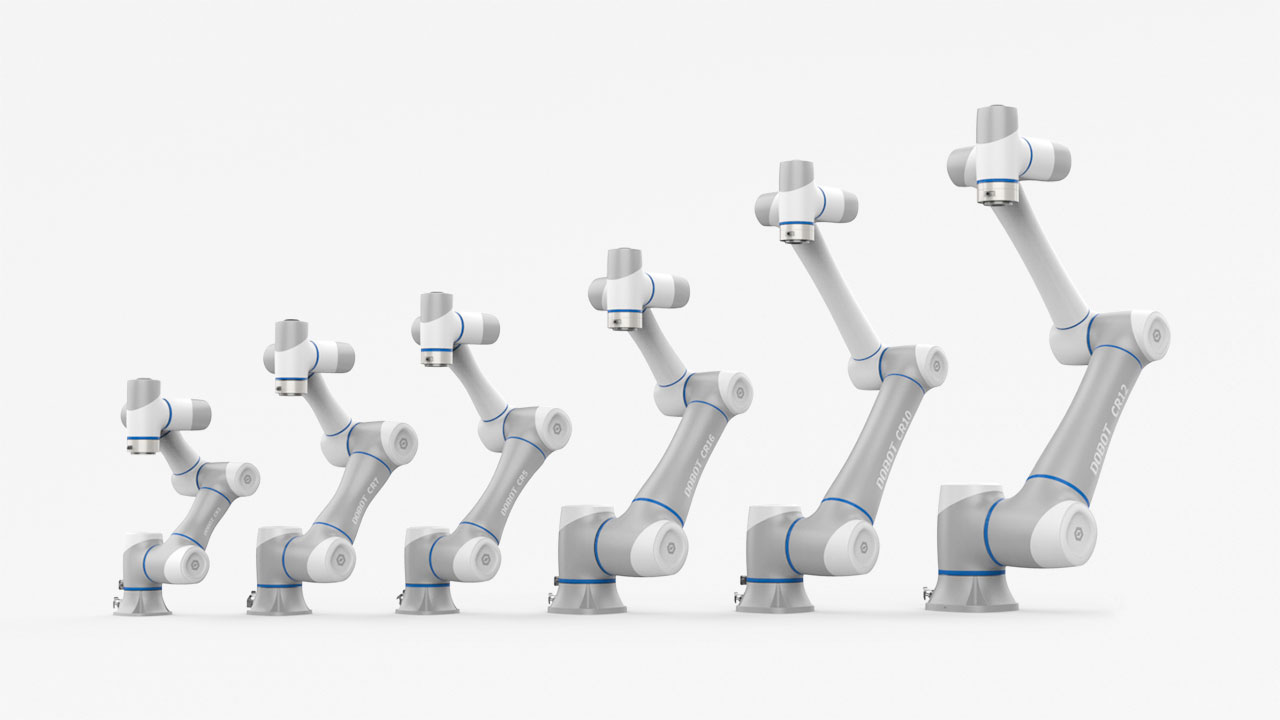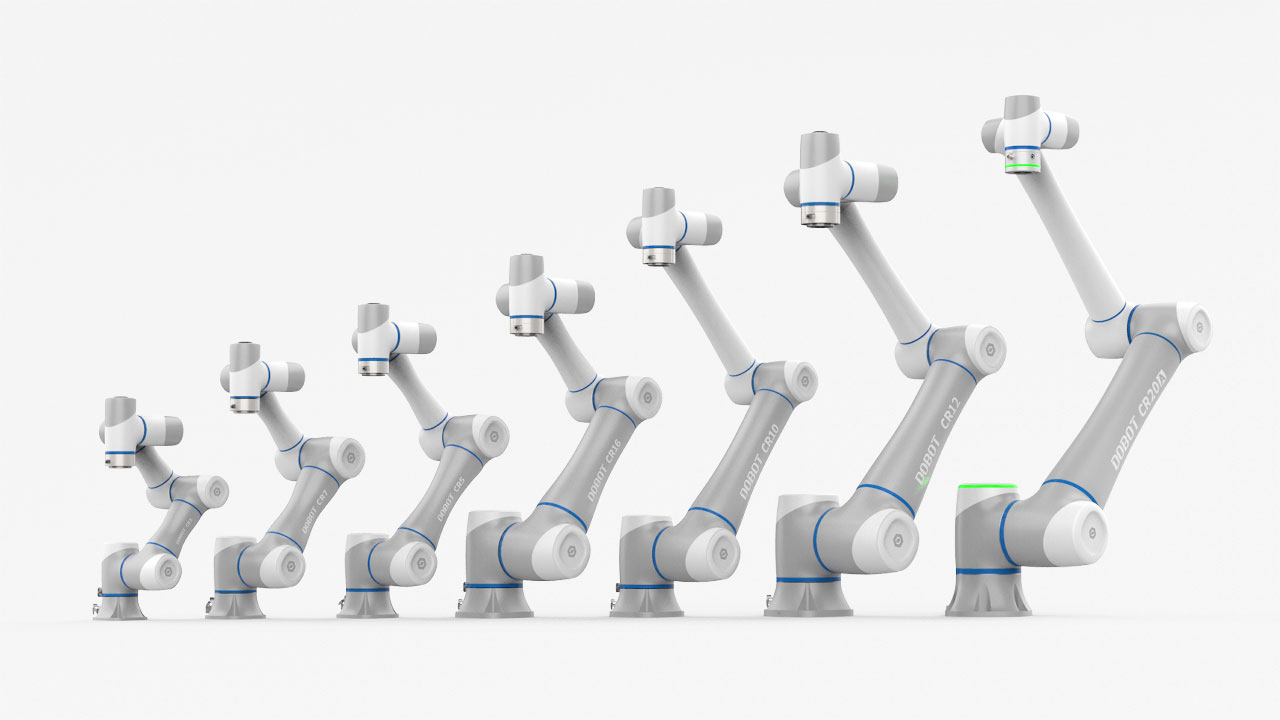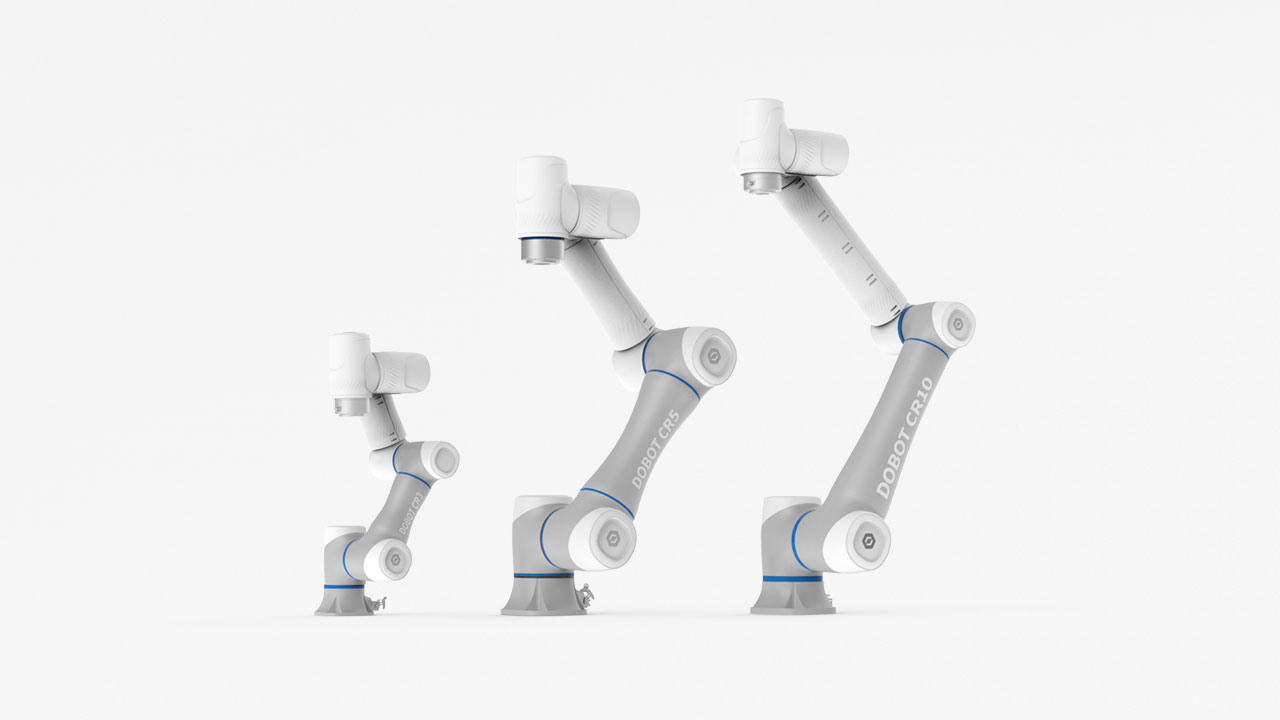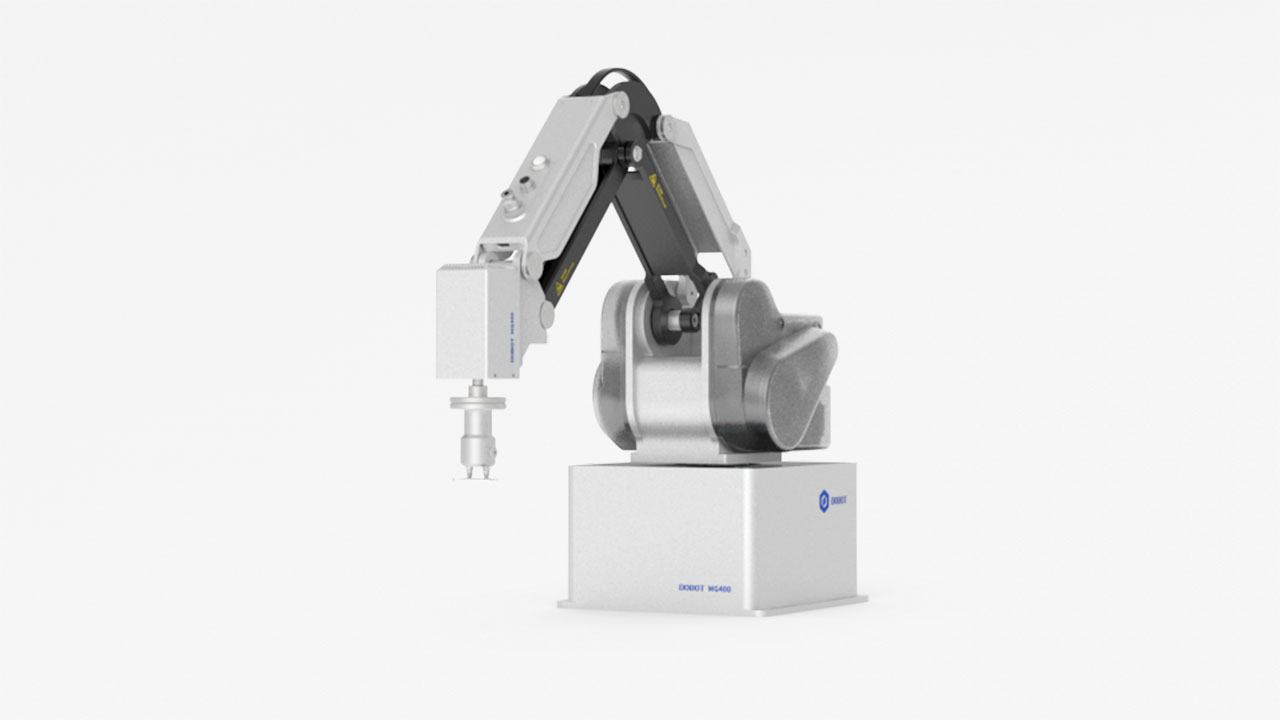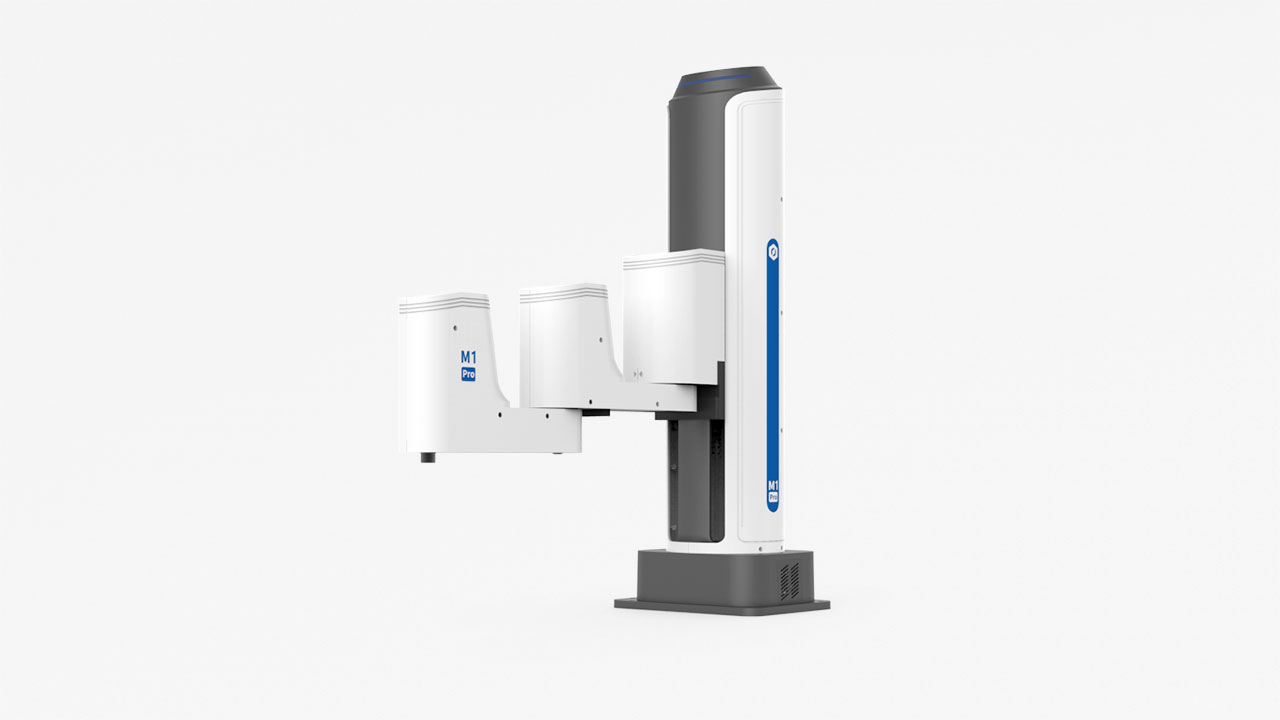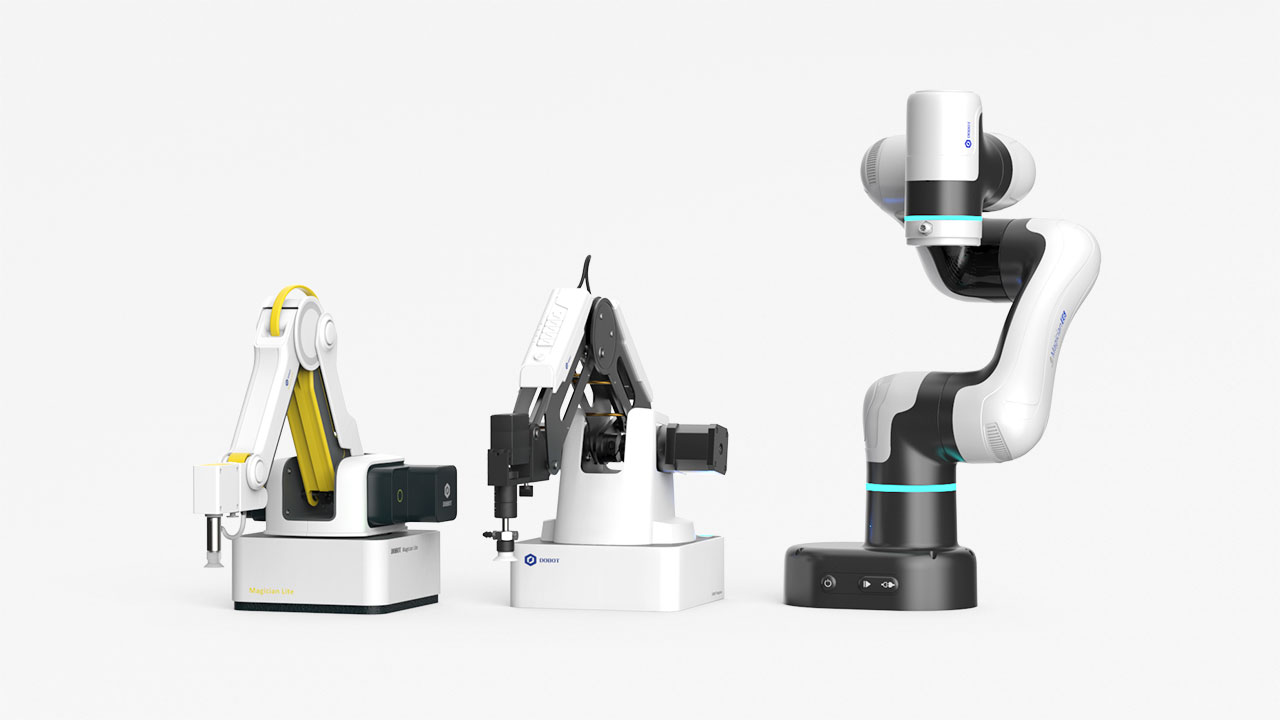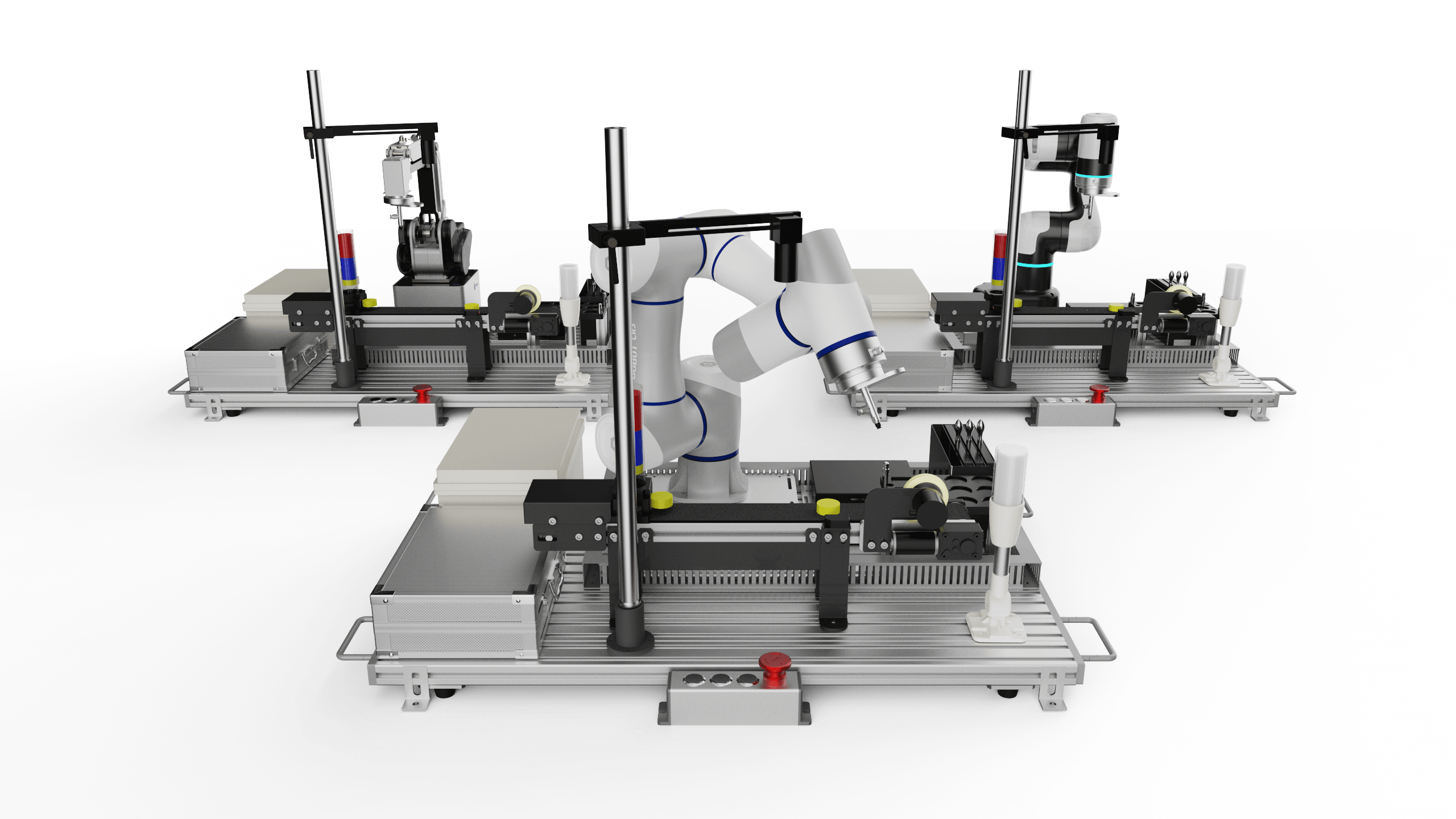Embracing the Future: 2025 Trends in Delivery Robots and How to Integrate Them into Your Supply Chain
The year 2025 is fast approaching, and the logistics and supply chain management aspects are changing quickly due to the emerging technology. A few exciting developments in this new world are the delivery robots. According to the latest report published by McKinsey, the robot delivery industry is expected to touch around $11 billion by 2027. With a compound annual growth rate (CAGR) of more than 20%, it is expected to grow rapidly as demand escalates for stealing their pie in the urban last mile where delivery is inefficient due to congestion, labor shortages, and other challenges.
The organization of delivery robots within supply chains will improve efficiencies as it seeks to meet the modern consumer's expectations for quicker and more reliable service. According to an analysis of Research and Markets, 70% of consumers are likely to select a service offering contactless delivery options, suggesting a strong shift in preferences. With the full embrace of these delivery robots by many companies, trends that will ultimately shape their usage and implementation in the near future become more critical to understand. This is the blog that presents the key trends for 2025 in delivery robots and discusses how organizations can integrate them into their supply chains.
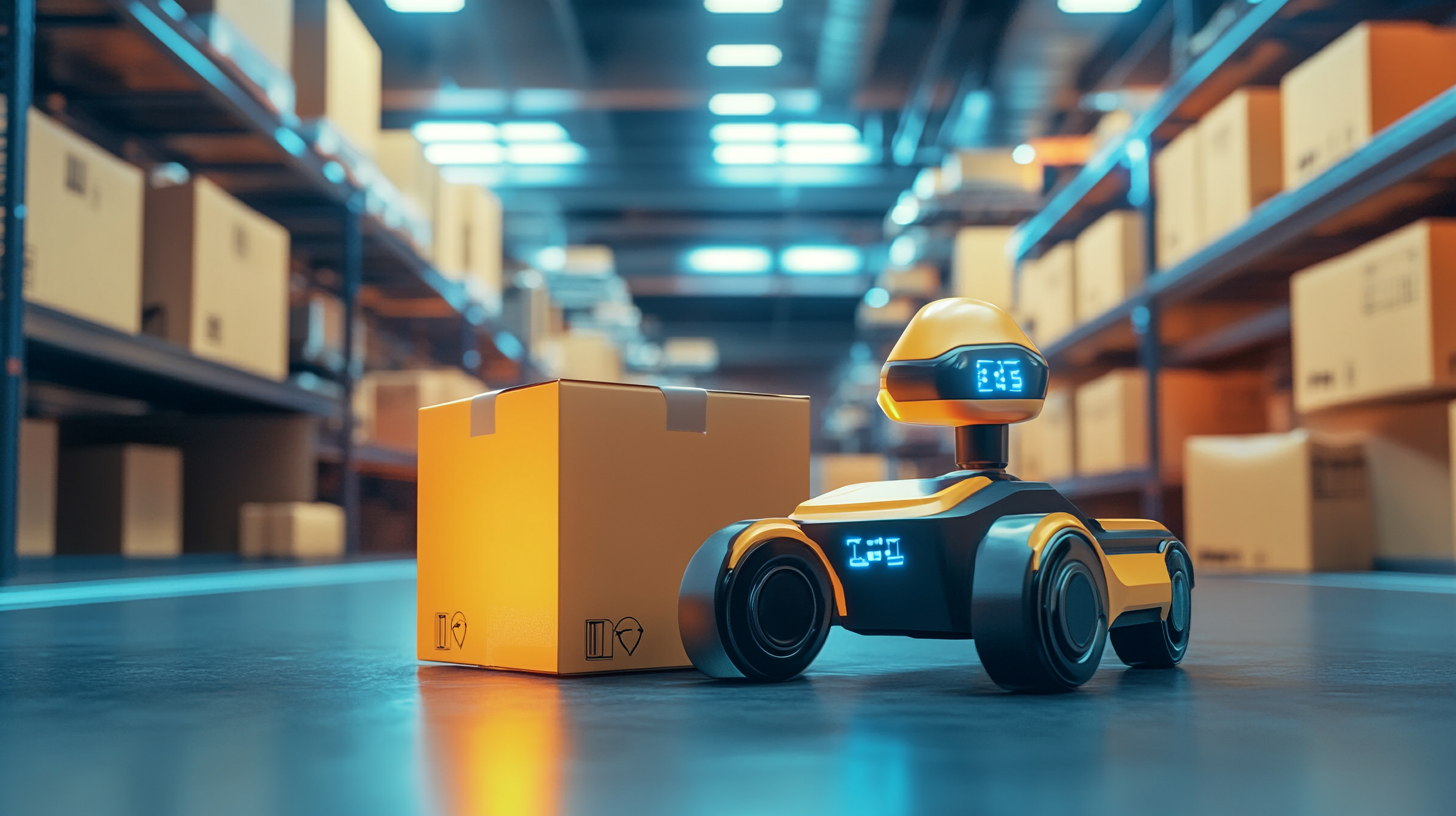
The Rise of Delivery Robots: Market Projections and Growth Statistics for 2025
In the projection of strong increases in market share by 2025, the emergence of the delivery robots is reshaping the logistics landscape. As urban centers become easily congested, businesses look for innovative ways to improve their consumer efficiencies and fulfill changing consumer needs. The global delivery robot market may cover billions of dollars, thanks to improvement in AI, automation, and robotics.
Forecasts indicate that delivery robots are likely to dominate last-mile deliveries-by 2025, particularly within the confines of a city. This boom is not a temporary phenomenon. Research suggests the demand for contactless delivery will be boosted further, spa by consumer preferences towards convenience and speed. In addition, organizations deploying automation in support of delivery robots within their supply chains will benefit from not only enhanced efficiency, but also from being able to create a unique offering in a competitive marketplace.
Organizations will also require completely innovative and emergent logistics thinking, backed with investment into the right technology for robotic integration-these include providing optimized delivery routes, ensuring compliance with local regulatory regimes, and addressing public pans around safety, security, and accessibility. Preparing businesses for this tech shift will demand harnessing the projections and statistics about growth in the market since it serves as a guide toward the roadmap for successful implementation and the sustainability for growth in the changing delivery services environment.
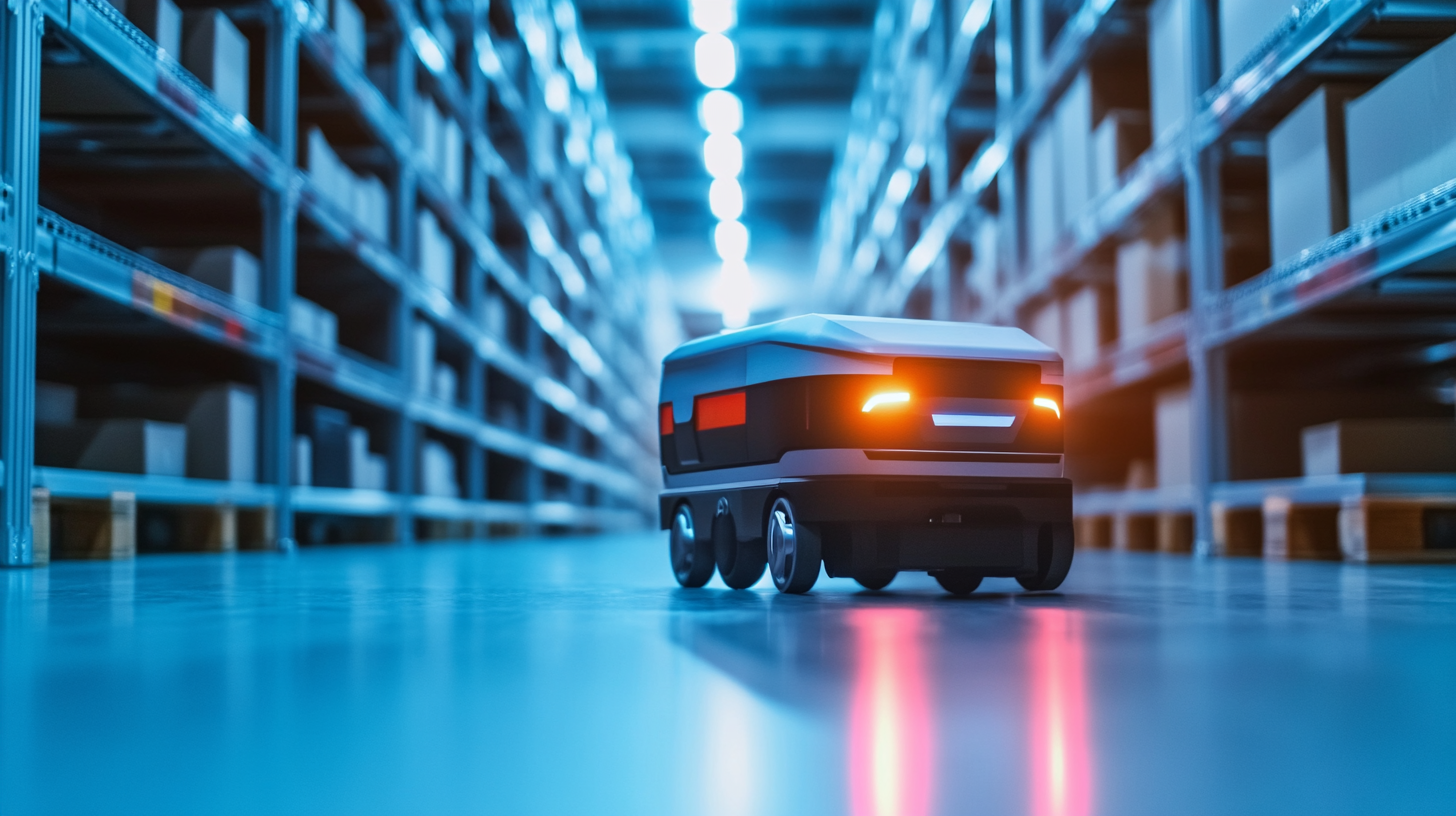
Key Technologies Driving the Advancement of Delivery Robots in Supply Chains
The development of the landscape of supply chain logistics is a fast-moving one, with the upcoming interventions of delivery robots promising drastic changes in efficiency and autogeneity. Some of the major technologies wielding influence over these changes are artificial intelligence (AI), the Internet of Things (IoT), and machine learning. AI helps delivery robots maneuver through complex settings while making real-time decisions to render better delivery service. Advanced algorithms empower these robots to choose optimal routes, thereby decreasing the time taken for delivery and the associated costs of operations.
IoT is a vital ingredient in the uninterrupted operation of delivery robots. It also facilitates linking these machines into a coherent and larger network so that potential status problems can be tracked in real time, and their performance can be assessed, permitting a timely response to the situations. This connectivity establishes a greater level of transparency and also allows data harvesting to empower companies to assess trends and subsequently amend their supply chain strategies on an informed basis.
Battery advancements also have the potential to lengthen the working hours of delivery robots, allowing them to carry out long tasks without interruption. Greater autonomy means that delivery robots can now traverse the urban landscape along rural roads, breaking geographical bottlenecks that have previously hindered their delivery capabilities. While companies will want to embrace such technological innovations, the delivery robot will further automate the logistics chain, thus allowing implementers to better meet changing consumer demands in an increasingly competitive market.

Integrating Delivery Robots: Best Practices for Enhancing Efficiency and Reducing Costs
Integrating delivery robots within your supply chain no longer features only in futuristic programs but a crucial part of logistics today. Efficiency and reduced costs without compromising on excellence are the key aims of businesses that have started evaluating their needs for operations and determining where the greatest impact from automation could be realized. One example is deploying robots for last-mile delivery or middle-mile service; this can dramatically streamline processes while providing faster service, which will become an increasingly common response to growing consumer demand for fast delivery options.
Collaboration is another best practice to have while introducing delivery robots. Partners with technology providers can modify solutions according to your supply chain. It's very important to inform staff how to work alongside these robots; empowering employees with the information needed to maintain and manage robotic systems provides that smooth operations, thus possible disruption is avoided.
Use data to drive business impact. The collection and analysis of data from delivery robot activity, for example, uses it to optimize routes or give performance metrics that allow better decision-making all around. It's an efficient way that doesn't only keep you tuned with finer details in the shift for robots but also polishes the customer experience. As things become more automated, you'll soon hit that precise delivery schedule. All these make sure of the transition to a fully robot-assisted supply chain and put you in the race for future winners.

Case Studies: Successful Implementation of Delivery Robots in Various Industries
Recent years have seen the transformation of many industries with the advent of delivery robots, which provide an opportunity to increase efficiency and potentially decrease operational costs. One industry enjoying apparent achievements of autonomous delivery vehicles is the food service industry. Various companies, like Domino's, are integrating robots into their delivery systems for contactless service while answering their customers' demands for speed and convenience. These delivery robots walk sidewalks and streets directly to customers' doors with pizza, thereby improving delivery and enhancing customer satisfaction.
Another example comes from the retail sector, where the likes of Walmart have started testing delivery robots that carry groceries to customers' homes. The dual advantage of this integration is that it expedites delivery while also using real-time data to maximize delivery route efficiency and minimize operational costs. Through pilot programs set up in selective neighborhoods, Walmart is demonstrating the work of robots alongside humans to ensure deliveries are executed more efficiently during peak hours.
By far, healthcare is one more industry that delivers. Hospitals, such as UC San Diego Health, have put in place robots to ferry medial supplies and medication between departments. This improves efficiency by speeding up deliveries in time-sensitive settings, while also relieving personnel so they can focus on patient care. These case examples demonstrate that delivery robots are capable of working in diverse applications and point toward the role of delivery robots in building tomorrow's efficient supply chain.
Future Challenges: Addressing Regulatory, Safety, and Public Perception Issues in Delivery Robotics
As delivery robots imprint urban spaces, the policymakers link themselves on dealing with the regulation of such robots for their smooth integration into these environments. Countries across the world are under pressure to formulate regulations that ensure the safety and efficiency of these autonomous moving vehicles. These differences are accentuated since various geographical areas are at different stages of their development, with some cities leading in the progressive advancement of their policies while some remain unsure. For instance, they see a future in delivery robots, but the government is not working on the regulation for delivery robots. Hence, businesses should engage regulators in the early part of the process, making compliance easier in the future, and being able to shape the favorable laws for emerging technologies.
Threats related to safety are significant obstacles to the advancement of delivery robots. All stakeholders must be concerned with having substantial navigation systems and emergency protocols in place to minimize the chances of particular accidents involving pedestrians or other vehicles. Efficient safety features must include things such as obstacle recognition, speed limits, real-time monitoring of the robot's behavior, emergency stops, automatic alarms, and messages to inform authorities when a hazardous condition exists. Further, broad public awareness in safety measures under which delivery robots operate can win trust and acceptance, which closes the gap existing between innovation and public opposition.
Public perception is yet another important hurdle that companies must cross. Delivery robots have introduced skepticism at their mention, being thought to deprive people of jobs and malfunctioning. Businesses should therefore sell the idea of increased human roles within the supply chain being enhanced by delivery robots and not replaced. Changing these narratives and pumping in the economy, while assuring improved service quality, will become the major keys of robots use in influencing a positive disposition regarding this technology. Demonstration events and feedback sessions with communities may also help demystify the technology towards a more inclusive acceptance of delivery robots.
